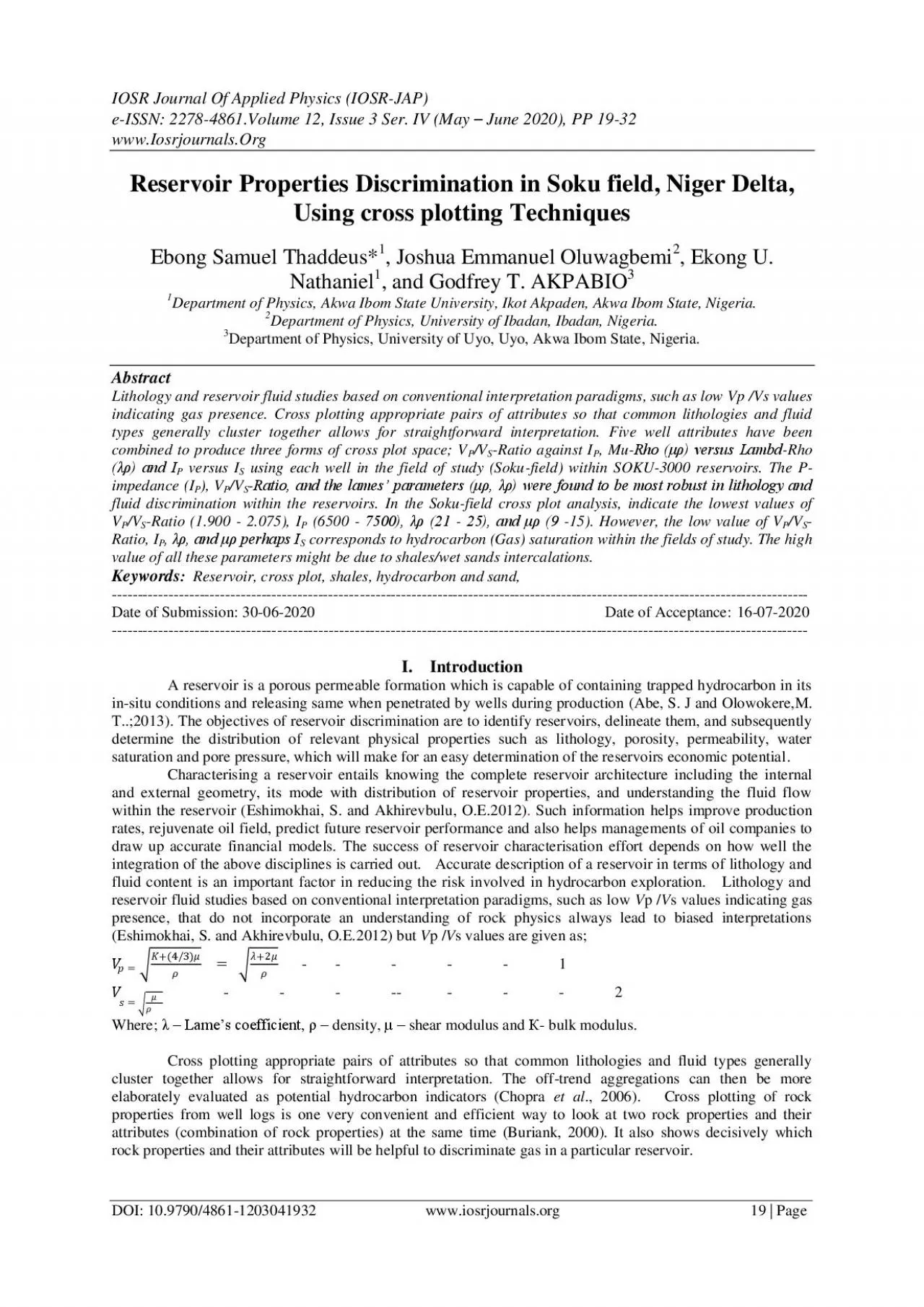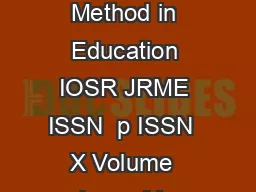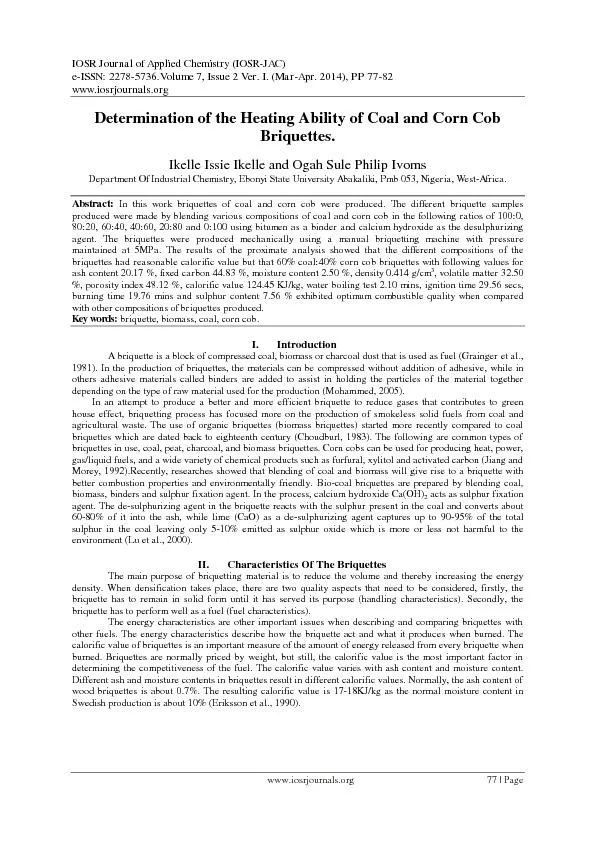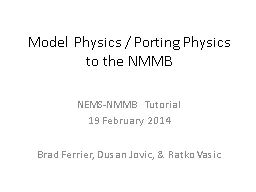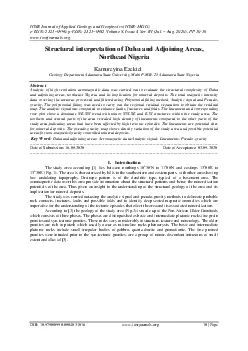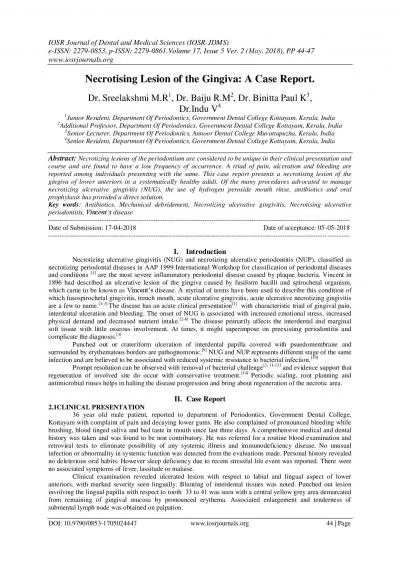PDF-IOSR Journal Of Applied Physics IOSR
Author : dora | Published Date : 2021-08-07
JAPeISSN 22784861Volume 12 Issue 3 Ser IVMay June 2020 PP 1932wwwIosrjournalsOrgDOI 10979048611203041932wwwiosrjournalsorg 19 PageReservoir Properties Discrimination
Presentation Embed Code
Download Presentation
Download Presentation The PPT/PDF document "IOSR Journal Of Applied Physics IOSR" is the property of its rightful owner. Permission is granted to download and print the materials on this website for personal, non-commercial use only, and to display it on your personal computer provided you do not modify the materials and that you retain all copyright notices contained in the materials. By downloading content from our website, you accept the terms of this agreement.
IOSR Journal Of Applied Physics IOSR: Transcript
Download Rules Of Document
"IOSR Journal Of Applied Physics IOSR"The content belongs to its owner. You may download and print it for personal use, without modification, and keep all copyright notices. By downloading, you agree to these terms.
Related Documents

